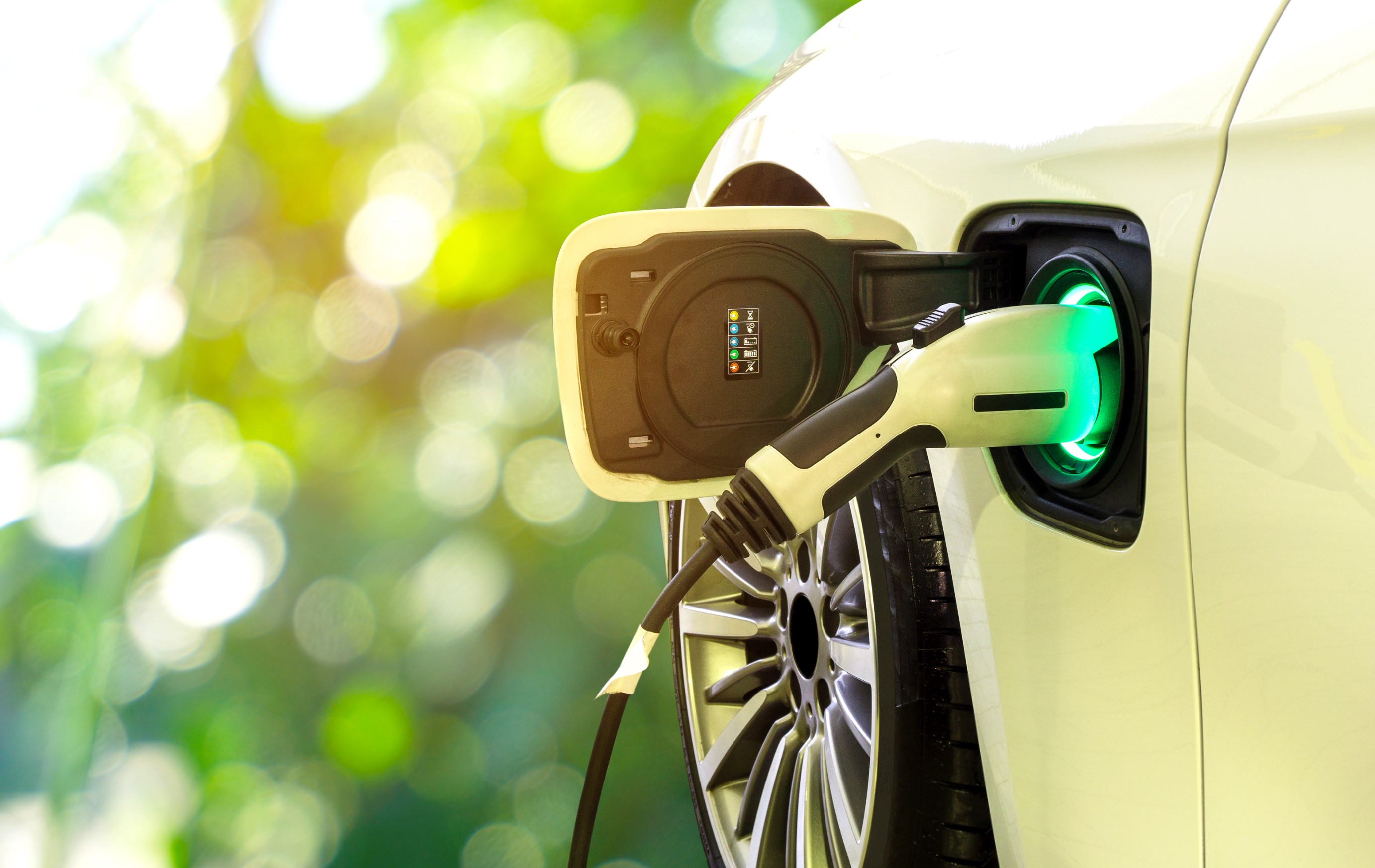New York is banning new gas-powered car sales by 2035 — what you need to know
The all-electric future is coming

Another state just made a bold move towards a zero-emission future, and ensuring combustion-engine vehicles leave the roads. New York Governor Kathy Hochul has announced that, from 2035, all new car sales will need to be zero emission.
In other words, this bans the sale of all brand new cars with an internal combustion engine, regardless of whether they’re powered by gasoline or diesel. This essentially means you’ll have to drive an electric car.
Here’s what New York’s combustion-vehicle ban means, and how that’s going to affect you when it comes into effect.
What this means for New York state
New York’s combustion engine ban is very much like California’s, which was ratified last month, and various pending ICE bans across other parts of the world. The simple version is that, from 2035, you will not be able to buy a brand new combustion engine car in the state of New York.
Like California, New York will be taking a staggered approach and phase out combustion engine sales over several years. The first goal is to ensure 35% of car sales are zero emission by 2026, followed by 68% in 2030. By 2035 all new car sales are required to be zero emission.
Emphasis on the brand new part, because it means the sale of new cars not all car sales. While it wasn’t specifically mentioned in Governor Hochul’s address, the fact this directive will only affect new cars means the used car market should be unaffected. That’s how it’s happening in California, and everywhere else with confirmed anti-combustion timelines.
So if you still need a gasoline-powered car when 2035 rolls around, you won’t need to make a trip into New Jersey or Pennsylvania. You’ll just need to make a trip to your nearest used car dealership, and hope they don’t try and rip you off.
Sign up to get the BEST of Tom's Guide direct to your inbox.
Get instant access to breaking news, the hottest reviews, great deals and helpful tips.
What’s the deal with hybrids?
It’s also not clear what this means for plug-in hybrids. Technically speaking, plug-in hybrids are zero emission when running on battery power. But they’re also not fully zero emission, since they are capable of running on gasoline — and have fairly poor electric ranges to boot.
A plug-in Prius Prime, for example, can only travel 25 miles on battery power alone, and the best performing plug-in hybrid (the Polestar 1) has a maximum battery range of 90 miles. If an EV with that kind of range were released today, it’d be laughed off the roads.
Plug-in hybrid sales are typically held to different standards, compared to cars and hybrids that have no plug-in capabilities. In the U.K., new combustion engine sales are banned from 2030, while plug-in hybrids won't be phased out until 2035. Likewise, California will allow plug-in sales from 2035, but they will be capped at 20% of all cars sold. Presumably they will be further phased out as time moves on.
New York hasn't offered specifics, and until it does the status of plug-in hybrids is unclear. Thankfully, there’s 13 years to set the record straight.
The state of electric car market can (and should) change
If you have concerns about electric cars, be it to do with pricing or availability of charging, just remember that 13 years is a long time. Things can and will change, especially as more automakers make the jump to electrification, and start producing more electric cars.
Right now electric cars are a more expensive option, with recent figures noting that the average cost of an EV is $66k — compared to the $48k average of a non-EV. The cheapest electric car on sale in the United States is the Chevy Bolt, which starts at $25,600, while other sub-$40K cars are free and far between.
In fact our list of the cheapest electric cars only has eight cars on it. The sole reason for that is because we could only find 8 EVs that could be purchased for less then $40,000 in the United States. And they are cheap for a reason, usually thanks to poor range.
But automakers have already set their own deadlines for electrifying their offerings. For many this is down to the fact the European car market is going to electrify much faster than the United States. Others have realized electric cars have a brighter future, and want to jump on the bandwagon as soon as they can. Others seem to be doing it begrudgingly, but are playing along regardless.
In any case, the amount of choice is going to skyrocket before the end of the decade. And while a lot of automakers start with luxury models, we’ve already seen more and better competition in the cheaper segments. A couple of years ago, the 114-mile Mini SE was the cheapest EV, and the only one that sold for less than $30k.
Then the Nissan Leaf cut its prices last year, followed by the Chevy Bolt and Chevy Bolt EUV earlier this year. Progress is slow, but it shows how automakers appear to be willing to undercut each other — something that can only increase as more cars flood the market.
Plus, with more electric cars on the roads, it means there’s going to be a bigger push to offer public charging facilities. Increased numbers of chargers, more pro-active repairs and servicing, faster speeds and so on.
The White House has already allocated funding for new chargers in all 50 states, Puerto Rico and Washington DC, covering 75,000 miles of highway. And as more EVs hit the roads, charging networks are more likely to expand and capitalize on the growing demand.

Tom is the Tom's Guide's UK Phones Editor, tackling the latest smartphone news and vocally expressing his opinions about upcoming features or changes. It's long way from his days as editor of Gizmodo UK, when pretty much everything was on the table. He’s usually found trying to squeeze another giant Lego set onto the shelf, draining very large cups of coffee, or complaining about how terrible his Smart TV is.
